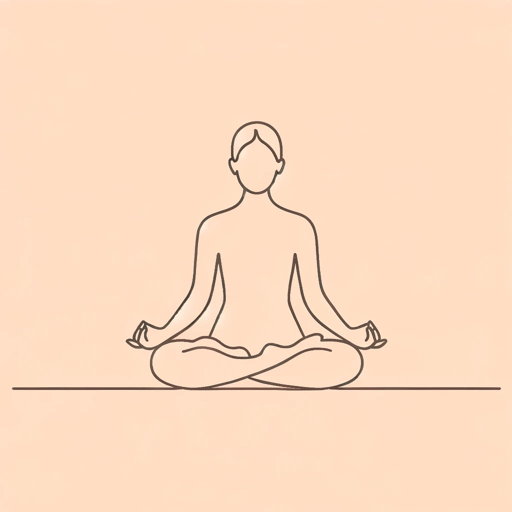66 pages • 2 hours read
Jon Kabat-ZinnFull Catastrophe Living: Using the Wisdom of Your Body and Mind to Face Stress, Pain, and Illness
Nonfiction | Book | Adult | Published in 1990A modern alternative to SparkNotes and CliffsNotes, SuperSummary offers high-quality Study Guides with detailed chapter summaries and analysis of major themes, characters, and more.
Part 2Chapter Summaries & Analyses
Part 2: “The Paradigm: A New Way of Thinking About Health and Illness”
Part 2, Chapter 11 Summary: “Introduction to the Paradigm”
In his first chapter of Part 2, the author acknowledges that maintaining a regular meditation practice requires motivation and discipline, especially because meditation’s “non-doing” seems at odds with the rest of life, in which “only doing seems to count” (169). The author recommends that meditators focus on their own personal “vision” of what meditation can help them with in their life, and mindfully regard all kinds of positive and negative life experiences as learning opportunities.
Kabat-Zinn explains that medicine is quickly evolving in new and exciting directions. He defines “participatory medicine” as a new approach which values the patient’s perspective in receiving care and recognizes the human body’s capacity for transformation and healing. He argues that medicine is also beginning to recognize the interconnected nature of body and mind and is approaching treatment in a more holistic way. Kabat-Zinn believes that this represents a significant “paradigm shift” from the old approach to medicine, in which doctors treated mind and body as separate entities (172). He prepares the reader for two major themes in this section: the concept of “wholeness and interconnectedness,” and the mind-body relationship and its role in health and healing (173).
Related Titles
By Jon Kabat-Zinn


